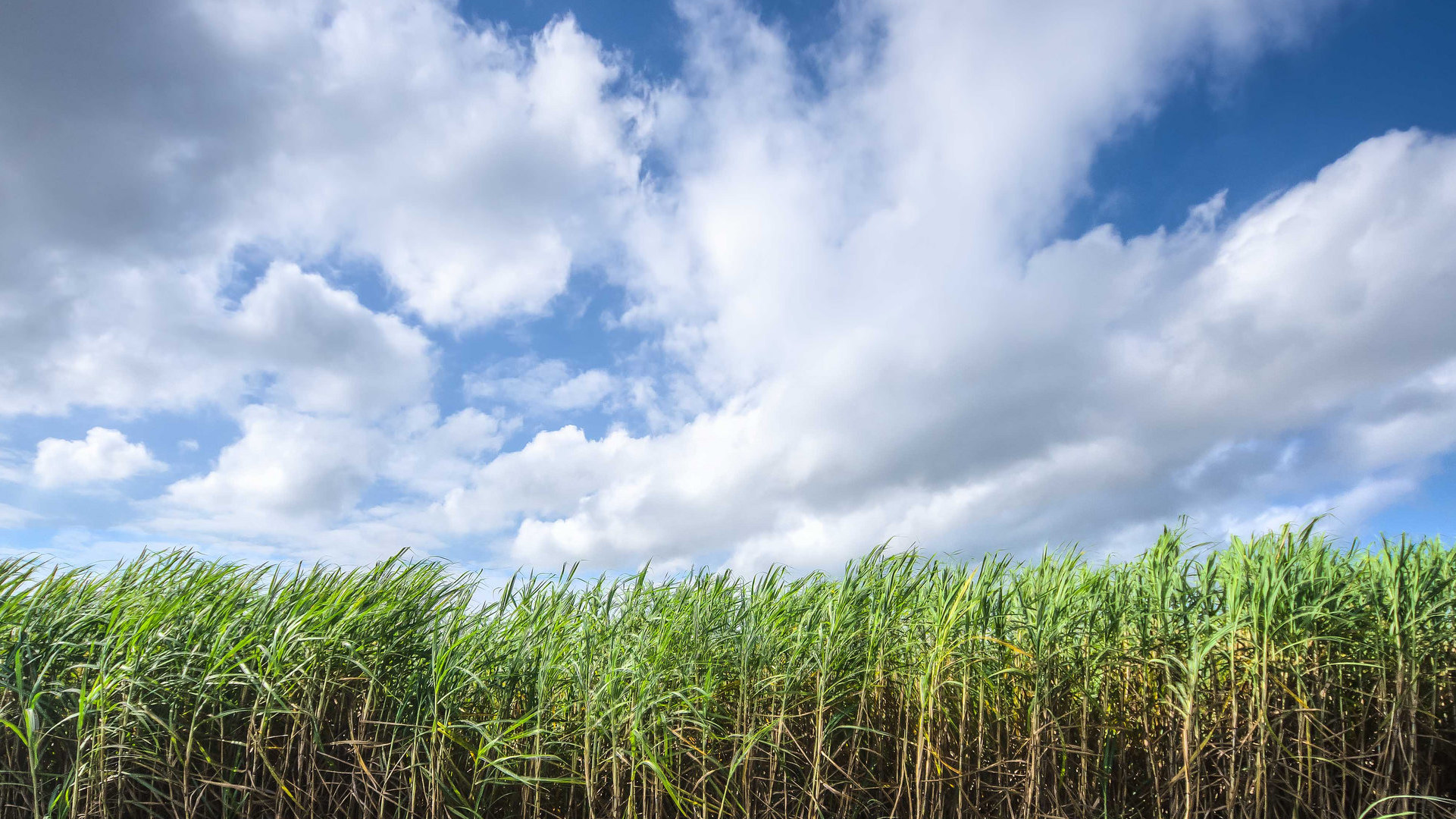The origins of Bonsucro (formerly BSI)
2005
In June 2005, thirty stakeholders identified the key social and environmental impacts of sugarcane production. They discussed how best to address these impacts through a collaborative approach and came together as the Better Sugar Cane Initiative (BSI).
The BSI was a non-profit initiative dedicated to reducing the environmental and social impacts of sugar cane production. By using a Standard that measured these impacts accurately, and with the development of a system to certify that sustainable practices are being followed, they aimed to improve the way sugar cane was produce across the planet.

2009-2010
In 2009 and 2010, the BSI created Versions 1 and 2 of the BSI Standard. In accordance with ISEAL, the BSI embarked on two 60-day public consultations and a global stakeholder outreach programme.
Funding enabled the BSI to complete the public consultation phase through Stakeholder Outreach Meetings and programs led by the Technical Working Groups (TWG) and the BSI was able to extend the contracts of the TWG Leaders.
With this additional funding to hand, the BSI was in a position to deliver the finished product to the BSI Annual General Meeting for approval in November 2009.
In 2010, BSI focused on the development of the certification model. Without the Packard funding the Better Sugar Cane Initiative would not have been able to consult and engage with global stakeholders. The Technical Working Group leaders were an invaluable component to the Outreach meetings, and mutual respect was given to the leaders and added real importance to the consultation process.
The ultimate aim was a clear set of principles, criteria, indicators and verifiers which collectively amounted to measurable targets, enabling anyone with an invested interest in sugar cane to improve their social and environmental operations. This was proudly achieved.





